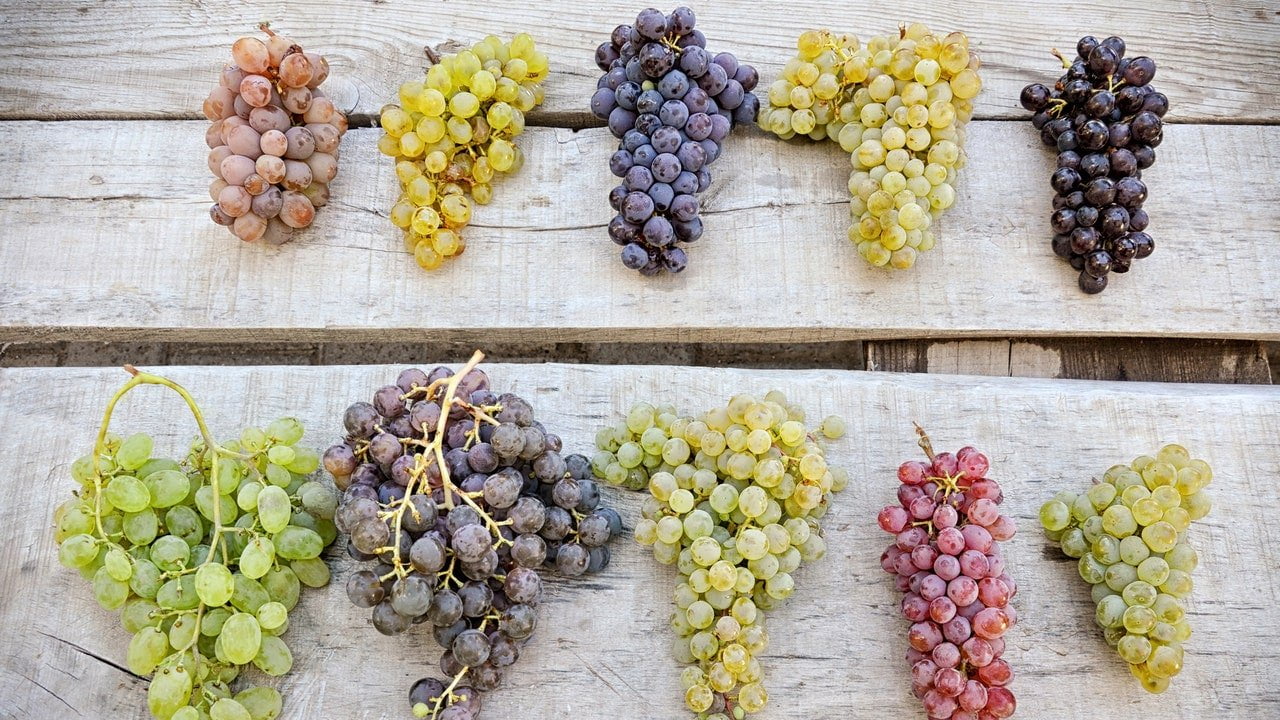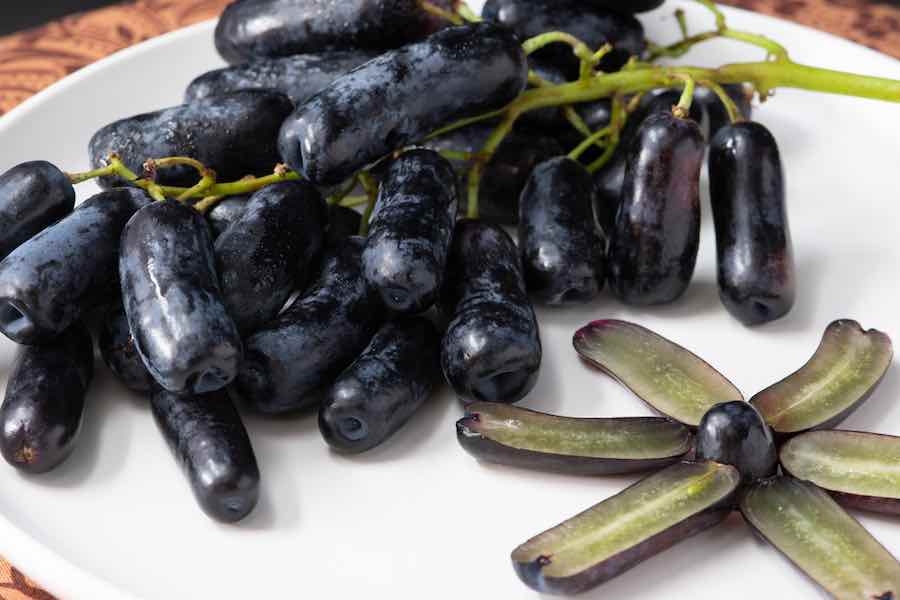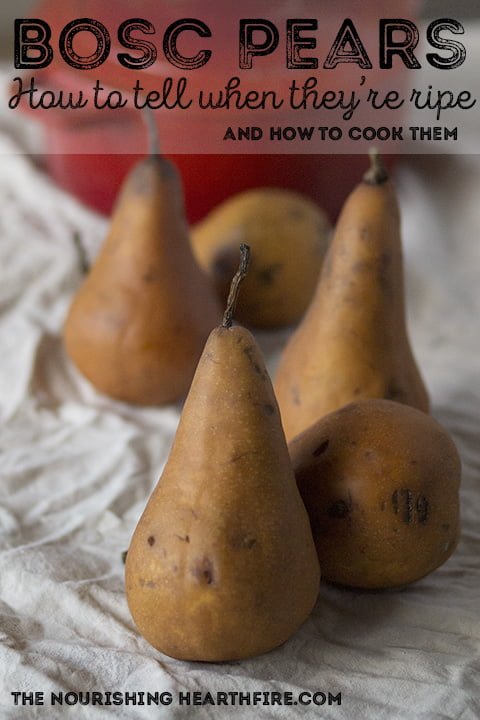Red grapes are a beloved fruit known for their vibrant hue and sweet, succulent taste. But when exactly is the best time to enjoy these luscious berries at their peak? In this article, we will explore the seasonality of red grapes, shedding light on the specific months when they are most abundant and flavorsome. Whether you are a wine enthusiast, a health-conscious individual, or simply someone who appreciates nature’s bountiful offerings, learning about the optimal time to indulge in red grapes will undoubtedly enhance your culinary experiences and deepen your understanding of this delightful fruit. So, let us embark on this journey together and uncover the secrets of when red grapes are in season.
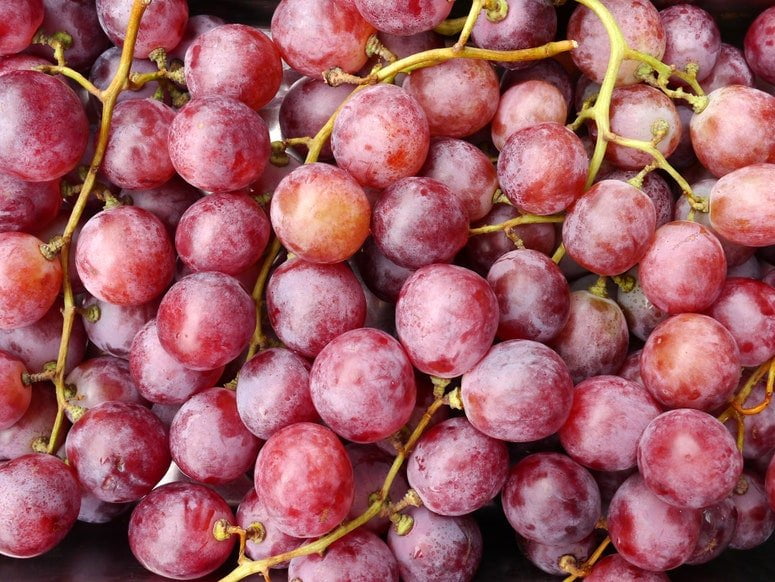
Red Grape Varieties
Red grapes come in a variety of types, each with its own unique characteristics and flavors. Some of the most common red grape varieties include Cabernet Sauvignon, Merlot, Pinot Noir, Syrah (also known as Shiraz), and Zinfandel. Each of these grapes has its own distinct taste profile, ranging from rich and bold to light and fruity.
Common red grape varieties
Cabernet Sauvignon is known for its full-bodied flavor and strong tannins, making it a popular choice for aging. Merlot, on the other hand, is softer and more approachable, with flavors of blackberries and plums. Pinot Noir is famous for its lighter body and delicate flavors of cherries and raspberries. Syrah/Shiraz, depending on whether you’re in the Old World or New World, can be spicy and robust or fruity and jammy. Zinfandel, often associated with California, offers up flavors of dark fruit, black pepper, and sometimes even a hint of sweetness.
Varieties grown in different regions
The various red grape varieties are cultivated in different regions around the world, each region lending its own unique characteristics to the grapes. Bordeaux in France is known for producing exceptional Cabernet Sauvignon and Merlot blends, while Burgundy is renowned for its Pinot Noir. Italy is famous for its Sangiovese and Nebbiolo grapes, used in wines such as Chianti and Barolo. Spain boasts Tempranillo grapes, which create bold and robust wines like Rioja. Australia is known for its Shiraz, and California produces exceptional Zinfandel wines.
Characteristics of red grape varieties
Red grape varieties differ not only in taste but also in their characteristics. Some grapes, like Cabernet Sauvignon, have a higher tannin content, creating astringent and structured wines. Others, like Pinot Noir, have lower tannins, resulting in softer and more delicate wines. Varieties like Merlot and Zinfandel can fall somewhere in between, offering a balance of tannins and fruit flavors. Climate, soil, and winemaking techniques also play a significant role in shaping the characteristics of red grape varieties.
Factors Influencing Red Grape Season
The availability of red grapes is determined by several factors, all of which contribute to the overall harvest season. Understanding these factors can give you insights into when and where to find the freshest and most flavorful red grapes.
Climate and Weather
One of the most influential factors in determining the red grape season is the climate and weather conditions of a specific region. Red grapes thrive in temperate climates with warm, sunny days and cool nights. These conditions allow the grapes to ripen slowly, developing complex flavors and balanced acidity. Extreme weather events, such as frost, heatwaves, or heavy rains, can disrupt the grape-growing process and impact the timing of the harvest season.
Geographic Location
The geographic location of a vineyard also plays a role in the red grape season. Different regions have varying climates, soil types, and elevation levels, all of which can affect the growth and maturation of red grapes. For example, grapes grown in cooler regions tend to have a longer growing season, resulting in later harvest dates. Conversely, grapes grown in warmer climates may ripen more quickly, leading to an earlier harvest.
Agricultural Practices
The agricultural practices employed by vineyard owners and winemakers impact the timing of the red grape season. The use of fertilizers, irrigation techniques, and vineyard management strategies can affect the grape’s growth and development. Pruning methods and canopy management also play a role in determining the harvest season, as they impact the amount of sunlight and airflow that reaches the grape clusters.
Harvesting Techniques
The specific harvesting techniques used by vineyard owners can influence the red grape season as well. Some vineyards prefer to harvest their grapes early for a lighter and fruitier wine, while others opt for a later harvest to achieve riper and more concentrated flavors. The decision to handpick or use machinery during the harvest also affects the timing and quality of the grapes.
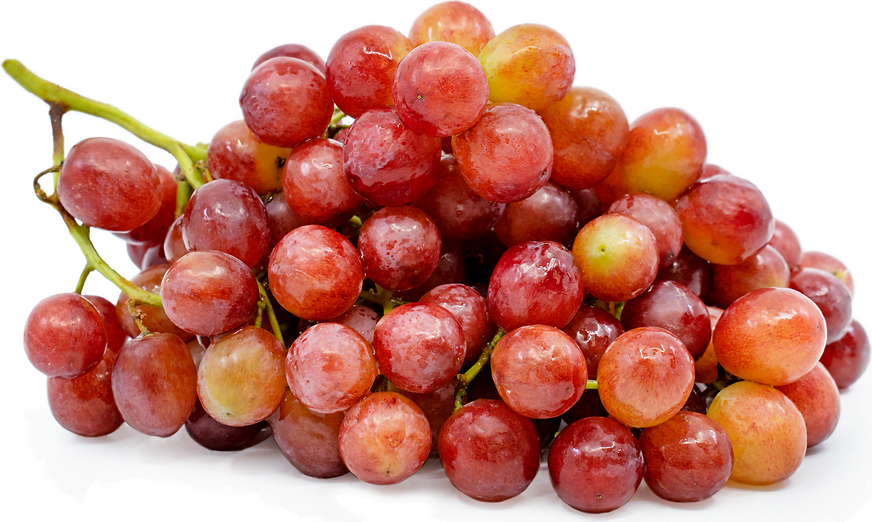
Red Grape Harvest Seasons
The red grape harvest season varies depending on the hemisphere and region. This section will explore the typical harvest seasons in both the Northern and Southern Hemispheres, as well as the variations that exist within each region.
Northern Hemisphere Harvest Seasons
North America
In North America, the red grape harvest season typically starts in late August or early September and extends through October. The precise timing can vary depending on the specific grape variety and its desired ripeness level. In regions such as California’s Napa Valley, which is known for its Cabernet Sauvignon, the harvest may continue into November.
Europe
In Europe, the red grape harvest season begins in September and can extend into October. Countries like France, Italy, and Spain have various microclimates and grape varieties, leading to variations in harvest dates. For example, Bordeaux’s harvest usually takes place in September, while Barolo in Italy is often picked in October.
Asia
In the Asian region, the red grape harvest season typically falls between August and September. Countries like China and Japan are known for their burgeoning wine industries, and their harvests coincide with the end of summer and the beginning of autumn.
Southern Hemisphere Harvest Seasons
South America
In South America, the red grape harvest season occurs during the opposite time of the year compared to the Northern Hemisphere. In countries like Argentina and Chile, the season typically begins in February or March and runs through April. Malbec, a popular red grape variety in Argentina, is typically harvested in March.
Africa
In Africa’s wine regions, such as South Africa, the red grape harvest season is typically from January to March. The warm summer climate contributes to the early ripening of the grapes, allowing for an earlier harvest compared to regions in the Northern Hemisphere.
Oceania
In Australia and New Zealand, the red grape harvest season falls between February and April. The timing can vary depending on the specific region and grape variety. For example, Shiraz grapes in Australia may be picked in February or March, while Pinot Noir in New Zealand may be harvested in April.
Variations within Regions
Even within a specific region, there can be variations in the red grape harvest season due to factors such as microclimates, altitude differences, and soil variations.
Microclimates
Microclimates refer to small-scale variations in climate within a larger region. In wine-growing areas, microclimates can be influenced by factors such as proximity to bodies of water, hillsides, or valleys. These microclimates can result in variations in temperature, sunlight exposure, and rainfall, which impact the ripening and harvest times of red grapes. Winemakers carefully consider these microclimates when selecting vineyard sites and managing grape varietals.
Altitude Differences
Altitude plays a significant role in determining the harvest season for red grapes. As vineyards increase in elevation, temperatures tend to decrease, which can lead to slower grape ripening. This is particularly important in mountainous regions, where vineyards at different elevations may experience significant differences in climate. Winemakers must take into account these altitude differences when planning the timing of harvest.
Soil Variations
Soil types also affect the timing of the red grape harvest season. Certain soil compositions, such as sandy or well-draining soils, retain less water and heat, which can result in grapes ripening earlier. Conversely, clay soils that retain more water and heat can lead to grapes ripening later. Additionally, variations in soil composition can influence the flavors and structure of the resulting wines.
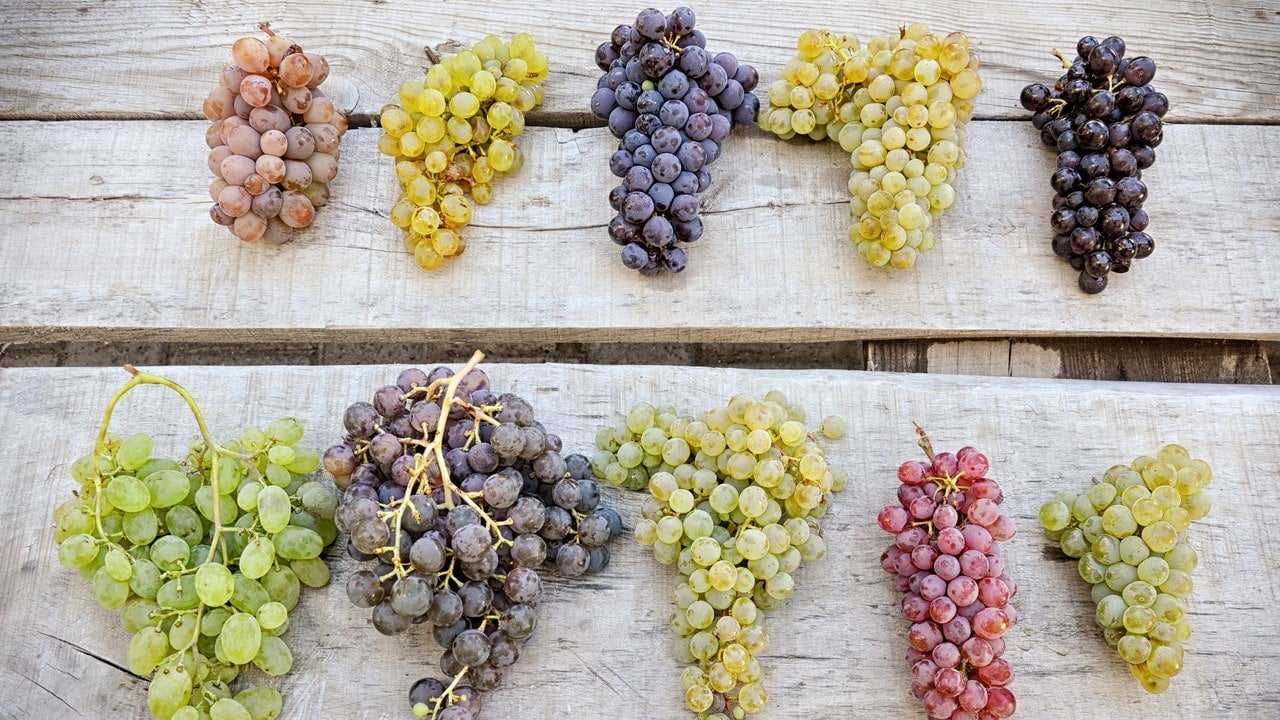
Impact of Climate Change
Climate change is having a noticeable impact on the red grape harvest seasons worldwide. The shifting climate patterns are disrupting long-standing harvest traditions and practices, and affecting grape quality and wine production.
Shifts in Harvest Seasons
Climate change is altering the timing of the red grape harvest seasons in many regions. As temperatures increase, grapes are ripening earlier, leading to shifts in the traditional harvest dates. Some regions, like Bordeaux in France, have seen harvest seasons begin weeks earlier than in the past. This not only affects the logistics of winemaking but also poses challenges for winemakers in managing grape maturity and balancing acidity and sugar levels.
Effects on Grape Quality
The changing climate can have both positive and negative effects on red grape quality. In some cases, warmer temperatures and extended growing seasons may lead to improved grape ripeness and flavor development. However, excessive heat and drought can also stress the vines, resulting in reduced yields and lower quality grapes. Additionally, changing weather patterns can make grape production more unpredictable, with increased risks of diseases and pests.
Sustainable Farming Practices
In response to the challenges posed by climate change, many vineyards are adopting sustainable farming practices. These practices aim to mitigate the effects of climate change and preserve the integrity of red grape harvests. Measures such as water conservation, soil management, and the use of cover crops help maintain the health and resilience of vineyards. Additionally, some wineries are experimenting with grape varietals that are more resilient to changing climates, ensuring the continuity of red grape production.
Availability of Imported Red Grapes
Thanks to globalization and advancements in transportation, red grapes are now available year-round, even when local harvest seasons have passed. Importing red grapes from different regions ensures a continuous supply for consumers who enjoy these vibrant fruits.
Off-Season Availability
During the off-season, when local red grapes are not in harvest, importers source grapes from regions across the globe. For example, when it is winter in the Northern Hemisphere, grapes from the Southern Hemisphere, such as Chile or South Africa, become available. This allows consumers to access fresh red grapes regardless of the time of year.
Storage and Transportation
Imported red grapes undergo a careful storage and transportation process to maintain their quality and freshness. Specialized cooling and storage facilities control temperature and humidity levels to ensure the grapes remain in optimal condition during transportation. Airfreight and refrigerated ships are used to transport the grapes, reducing the time from harvest to consumer.
Imported Red Grape Sources
The availability of imported red grapes depends on the region and the specific importing country. Major grape-producing countries like Chile, Argentina, South Africa, and Australia supply red grapes to various markets throughout the year. Additionally, countries in the Northern Hemisphere import red grapes from the Southern Hemisphere during their off-season.
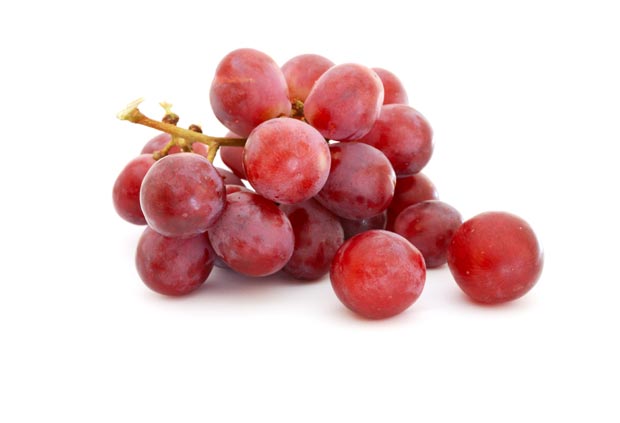
Seasonal Recipes and Pairings
Red grapes are not only delicious on their own but can also be incorporated into a variety of recipes and pairings. Their natural sweetness and vibrant color make them a popular choice for salads, desserts, and even wine pairings.
Red Grape Salad
One simple and refreshing way to enjoy red grapes is in a salad. Combine fresh red grapes with arugula, feta cheese, and toasted walnuts for a delightful flavor combination. Drizzle with a balsamic vinaigrette to enhance the sweetness of the grapes. This salad is perfect for summer gatherings or as a light lunch option.
Red Wine and Cheese Pairings
Red grapes are often used to make wine, and they pair beautifully with a variety of cheeses. Pair a rich and full-bodied Cabernet Sauvignon with aged cheddar or gouda for a bold combination. For a lighter red wine like Pinot Noir, opt for a creamy goat cheese or brie. The fruity and spicy notes of Zinfandel complement blue cheeses like Roquefort or Stilton. Experiment with different red grape varieties and cheeses to discover your perfect pairing.
Holiday-themed Recipes
Red grapes can add a festive touch to your holiday meals and desserts. Make a classic roasted pork tenderloin with a red grape glaze, or incorporate red grapes into your stuffing for a burst of sweetness. For dessert, combine red grapes with cinnamon and honey, and serve them warm over vanilla ice cream. These holiday-themed recipes highlight the versatility and deliciousness of red grapes.
Buying and Storing Red Grapes
To enjoy the best quality red grapes, it is essential to choose ripe and fresh grapes and store them properly. Following these best practices will help you prolong the shelf life of your red grapes and ensure their optimal flavor.
Choosing Ripe and Fresh Grapes
When purchasing red grapes, look for bunches with plump and firm grapes that are firmly attached to the stem. Avoid grapes with wrinkled or shriveled skin, as this indicates they may be past their prime. Check for any signs of mold or damage and opt for grapes with vibrant colors, whether it be deep purple or bright red, depending on the grape variety.
Storage Tips
To store your red grapes, transfer them to a breathable bag or container and refrigerate them. This will help maintain their freshness and prolong their shelf life. Avoid placing them near strongly scented foods, as grapes can absorb odors easily. It’s best to rinse red grapes just before eating, as excess moisture can cause them to spoil more quickly.
Best Practices for Prolonging Shelf Life
To extend the shelf life of your red grapes, it’s crucial to handle them with care and store them properly. Do not wash the grapes until you are ready to eat them, as excess moisture can promote spoilage. Remove any damaged or moldy grapes from the bunch to prevent them from affecting the rest. Additionally, it is generally recommended to consume red grapes within a week of purchase to enjoy them at their freshest.
In conclusion, red grapes are a versatile and delicious fruit that offers a wide range of flavors and characteristics. Understanding the factors that influence the red grape season, as well as the variations within and between regions, allows for a better appreciation of the grape’s availability and flavors. Whether enjoyed on their own, as part of a meal, or in a glass of wine, red grapes are a delightful addition to any occasion. By selecting ripe grapes and storing them properly, you can enjoy their fresh and vibrant flavors throughout the year.

